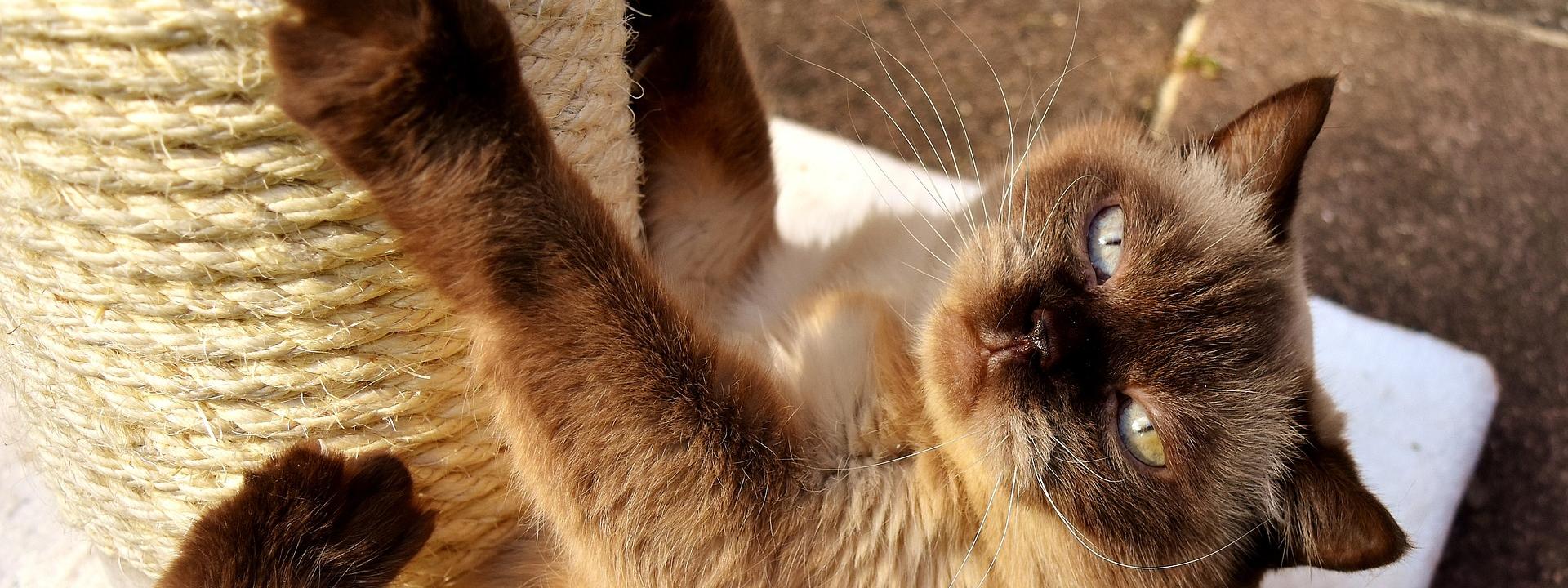Several years ago, we elected to stop doing declaw procedures on cats at our clinic. Based on the positions of several professional associations, the general feeling of most pet owners in the United States and around the world, combined with our own personal feelings, we decided this procedure was no longer something we could offer and remain in our stated purpose of doing our best to help pets live longer, healthier, happier and pain free lives.
Over the past 2 decades this procedure has become more and more controversial. In more recent years, both the American Veterinary Medical Association and the Feline Veterinary Medical Association have specifically issued statements discouraging surgical declawing in cats. Their position, which we agree with is that the procedure is an elective and not required one, that produces a great deal of pain to the cats. Therefore, we should be pursuing other ways to encourage our cats to not be destructive with their claws.
The procedure itself involves the amputation of the last part of each digit. In human terms, it would be the removal of the last knuckle of your finger. Even when done by a very experienced veterinarian it causes significant pain. In some cases it can even result in long term pain.
Declawing itself is banned in many countries in the world, along with most of Canada, and a growing number of municipalities in the United States due to humane concerns. And more and more veterinary clinics are following the recommendations of the AVMA and FelineVMA.
Scratching itself is a very normal behavior in cats, and as cat owners we do want to encourage them to have a normal and happy life. This will involve allowing them to scratch. There are a number of ways to minimize the damage of their scratching to your household environment. These include; providing scratching posts and pads in the home, keeping their nails trimmed regularly, giving them other desirable places to take out their scratching behavior, providing other methods of play to distract them, applying plastic caps to the nails (Soft Paws) and using special pheromone sprays and diffusers that can either redirect their scratching to specific areas or provide calming that can reduce their desire to.
There is a concern for some people with immunosuppressive diseases for the spread of disease by cat scratches, but research has shown that proper hygiene and parasite control are much more effective in preventing the spread of these diseases than declawing. And as noted above, we have excellent methods to achieve the same result.
We are affiliated with The Paw Project, a non profit group dedicated to helping eliminating declawing of cats. For further information on why we do not provide declaws, please look at their website at pawproject.org. We are also happy to answer any specific questions you may have on the topic.

